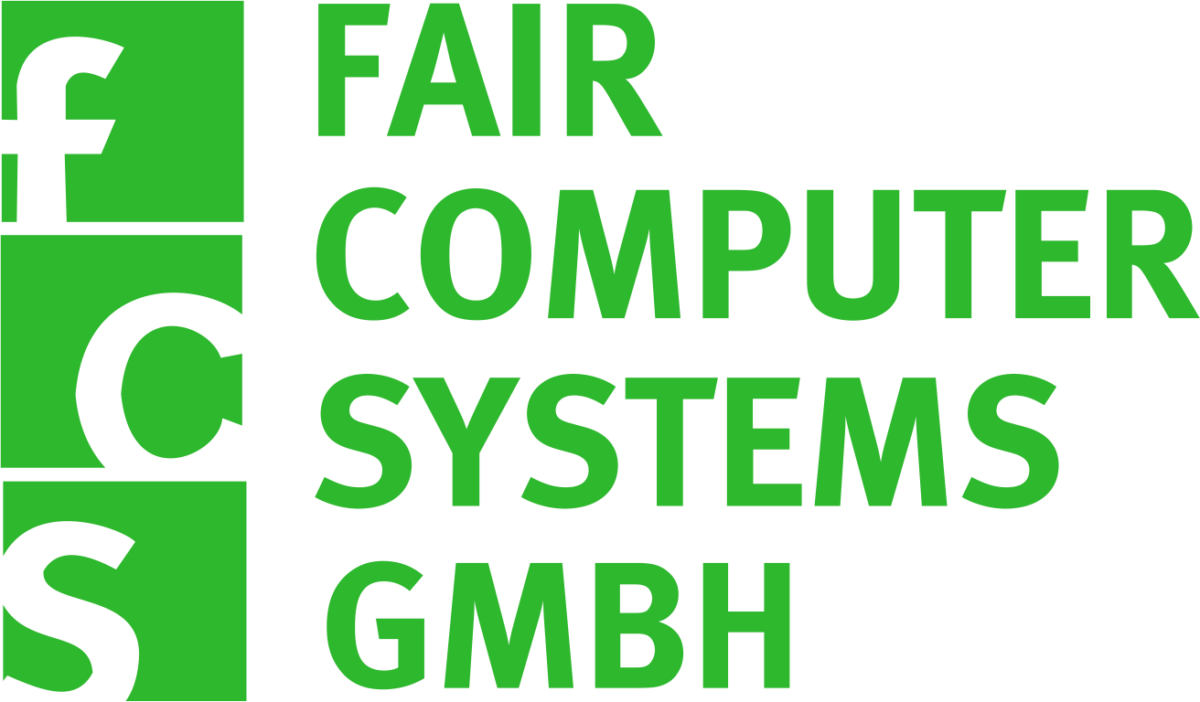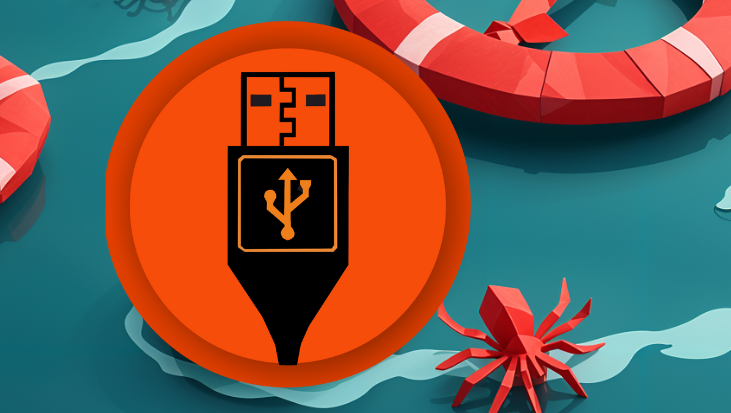Enterprise Asset Management
Inventarisierung sämtlicher Anlage-Sachgüter
Grundlage des Enterprise Asset Management (EAM) ist die Inventarisierung sämtlicher Anlage- und Sachgüter im Unternehmen. Es erweitert somit das IT-Asset Management (ITAM) um die Gegenstände des Mobiliars, Maschinen und Apparate, Fahrzeuge des Fuhrparks etc. Die Software Asset.Desk unterstützt die Erfassung der unterschiedlichen Anlage- und Sachgüter und stellt deren spezifischen Eigenschaften in passgenauen Ansichten pro Anlagetyp dar. So ist z.B. sichergestellt, dass wesentliche typspezifische Felder wie Fahrgestellnummer und Kennzeichen für Fahrzeuge abgebildet werden. Eventuell darüber hinausgehende kundenspezifische Felder lassen sich schnell und einfach individuell ergänze
Jedes Asset erhält bei Anlage im System automatisch eine eindeutige Inventarnummer, die typabhängig oder nach speziellen Regeln aufgebaut ist. Durch Druck und Aufkleben des Inventar-Etiketts (2D oder RFID) wird das Asset physisch gekennzeichnet und kann später jederzeit wieder identifiziert werden.
- Historische Daten
Da sämtliche Änderungen an den Assets protokolliert werden, ist immer eine genaue, detaillierte und vollständige Asset Datenbank sowie ein historischer Verlauf gewährleistet. Die Daten zur Vorgeschichte eines Assets sowie zu den Änderungen auf Feldebene lassen sich jederzeit anzeigen und nachvollziehen. - Organisatorische und kaufmännische Daten
Die im System abgebildeten Assets werden in nachfolgenden Prozessen mit organisatorischen Daten verknüpft. So erhält jedes Asset einen exakten Standort aus Gebäude, Stockwerk, Raum etc. Außerdem wird ein Asset in der Regel an einen Mitarbeiter ausgegeben und diesem zugeordnet. Oder es wird eingelagert. Damit ist immer auch eine Zuordnung zu Buchungskreis und Kostenstelle verbunden. Um betriebliche Aussagen in Bezug auf Kosten zu treffen, werden zu den Anlage- und Sachgütern kaufmännische Daten erfasst. Dazu gehören Anschaffungswerte, Finanzdaten wie Abschreibungs- oder Leasingwerte sowie laufende Kosten wie z.B. Reparaturen oder wiederkehrende Kosten wie z.B. Wartung. Asset.Desk gibt zu jeder Zeit einen Überblick über die bis dato aufgelaufenen Kosten eines Assets. Die hinterlegten Buchungskreise und Kostenstellen erlauben auch jederzeit eine gezielte Betrachtung sowie eine Verrechnung der internen Kosten. - Verträge
Das Vertragsmanagement ist ebenfalls ein wesentlicher Teil des EAM, denn Verträge sind die Grundlage für Beschaffung, Garantie und Betrieb der Wirtschaftsgüter. Das gilt für Computer, Monitore und Lizenzen genauso wie für Maschinen, Apparate und Fahrzeuge. Über das Vertragsmanagement von Asset.Desk lassen sich die unterschiedlichen Vertragstypen erfassen, Laufzeiten und Garantien pflegen, Wiedervorlagen aktivieren, Verlängerungsdauern ergänzen etc. Mit dem Zahlungsplan pro Vertrag kann die Kostenseite abgebildet werden. Außerdem lässt sich somit der benötigte Finanzbedarf aus Verträgen für die Zukunft bestimmen. Verträge werden im EAM den Assets zugeordnet und umgekehrt, so dass zu jedem Zeitpunkt im System das verursachende Wirtschaftsgut eines Vertrags ersichtlich ist. - Lebenszyklus
Sämtliche Bewegungen von Assets im Laufe des Lebenszyklus wie Ausgaben an Mitarbeiter, Umzüge zu neuen Standorten und Entsorgung lassen sich im EAM abbilden und dokumentieren. Die Ausgabe an einen Mitarbeiter triggert z.B. das Ausgabeprotokoll. Umgekehrt führt die Rückgabe an einen Verantwortlichen oder ein Lager zu einem Ausdruck des Rückgabeprotokolls, wenn gewünscht. Sämtliche Bewegungen werden auch in historischen Daten festgehalten. Neben den reinen organisatorischen Informationen spielen hier auch immer die aufgelaufenen Kosten eine Rolle: Kosten werden direkt zum Asset erfasst und ggf. an Kostenstellen weiterverrechnet. Auch der Beschaffungsprozess der Anlage- und Sachgüter wird von Asset.Desk mit Angebot, Bestellung, Lieferschein, Rechnung vollumfänglich unterstützt. Letztlich kann bei Bestelleingang aus dem Lieferschein direkt das Asset im System mit eindeutiger Inventarnummer angelegt werden. - Mobile Erfassung, Inventur und RFID
Wesentliche Prozesse des Lifecycle sind die Ersterfassung von Assets sowie der Prozess der Bestandskontrolle bzw. der physischen Inventur. Die App Asset.Desk Mobile+ unterstützt diese Prozesse auf mobilen Geräten wie Smartphones und Tablets. Bei der physischen Inventur werden die Assets im Unternehmen mit der mobilen App und einem Lesegerät gescannt und gezielt erfasst. Das mobile Gerät überträgt den Zählbestand in die Asset.Desk Datenbank. Jedes gezählte Asset erhält einen Inventurstempel. Der physisch gezählte Bestand wird mit dem elektronischen Bestand abgeglichen. Asset.Desk unterstützt die RFID-Technologie und den Druck von RFID-Etiketten. Die RFID-Technologie ermöglicht es, dass die Etiketten sich selbst bei einem Lesegerät melden, sobald sich das Lesegerät in der Nähe befindet. Die RFID-Etiketten müssen nicht mehr sichtbar verklebt werden. So lassen sich neben dem Inventurprozess und auch Umzüge von Assets vereinfachen, enorm beschleunigen und damit Einsparpotentiale realisieren.
Asset.Desk kostenlos testen oder direkt erwerben!
Gerne können Sie ein unverbindliches Angebot oder auch eine persönliche Online-Demonstration anfordern.




